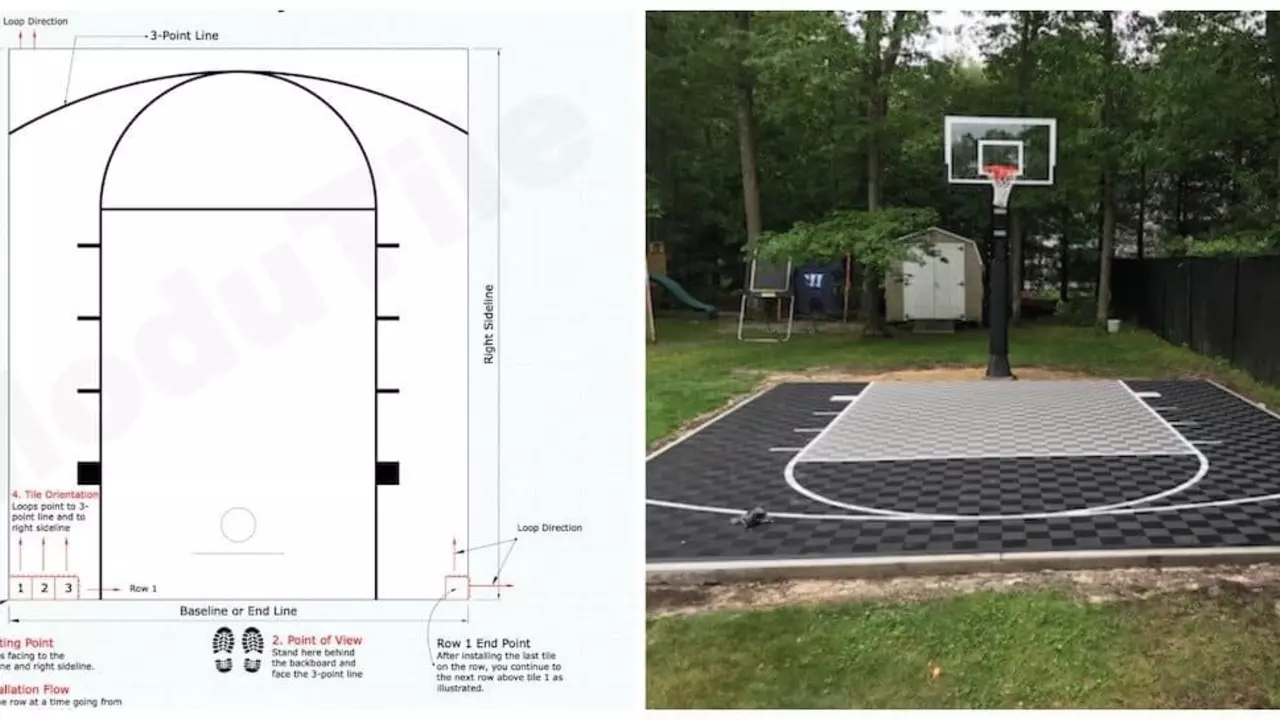Basketball Rules: The Essentials Every Player Should Know
Whether you’re stepping onto a court for the first time or you’ve been playing for years, knowing the core rules makes the game smoother and more fun. Below you’ll find the basics broken down into easy chunks – no jargon, just the facts you need to play right and avoid unnecessary whistles.
Scoring and Basic Play
The goal is simple: put the ball in the opponent’s hoop more times than they put it in yours. A shot taken inside the three‑point line is worth two points; a shot from beyond that line scores three. After a made basket, the scoring team gets possession of the ball again for a free throw, which is worth one point. The ball is moved around by passing or dribbling – you can’t run with it without bouncing it first.
When the ball goes out of bounds, the last team to touch it loses possession and the other team inbounds it from the spot where it left the court. The shot clock, usually 24 seconds in professional play, forces teams to attempt a shot within that time frame. If the clock expires and no shot hits the rim, it’s a turnover.
Common Violations and Penalties
Fouls happen when a player makes illegal physical contact. A personal foul can be a push, a hit, or holding an opponent. After a certain number of team fouls in a quarter, the opposing team gets free throws – usually two. In the NBA it’s five fouls for a player before they foul out; in most amateur leagues it’s five or six depending on the rule set.
Traveling is called when a player moves illegally without dribbling. The most common mistake is taking more than two steps after stopping the dribble. If an official spots it, the ball is turned over to the other team. The 3‑second lane rule is another frequent call: a defensive player can’t stay in the painted key for more than three seconds unless they are actively guarding an opponent. This rule keeps the paint open and prevents crowding.
Other violations include double dribble (starting a second dribble after picking up the ball) and goaltending (touching the ball on its way down toward the basket). Each violation results in a turnover, and in the case of goaltending, the offensive team gets the points.
Understanding these rules helps you avoid penalties and keeps the flow of the game natural. If you’re unsure about a call, ask the referee for clarification after the game – most are happy to explain.
Keep these basics in mind, practice the movements that keep you within the rules, and you’ll find yourself playing smarter, not just harder. The more comfortable you are with the rulebook, the more you can focus on teamwork, shooting, and enjoying the sport.
How long is a basketball court?
In the realm of basketball, a crucial aspect is the size of the court itself. The standard length of a professional basketball court, such as those in the NBA, is 94 feet long. In contrast, high school courts are a bit smaller, typically measuring 84 feet in length. It's interesting how the size impacts the game dynamics, with more space for professional players to maneuver and strategize. So, whether you're a player or a fan, understanding the court's length can offer new insights into this beloved sport.
read more
